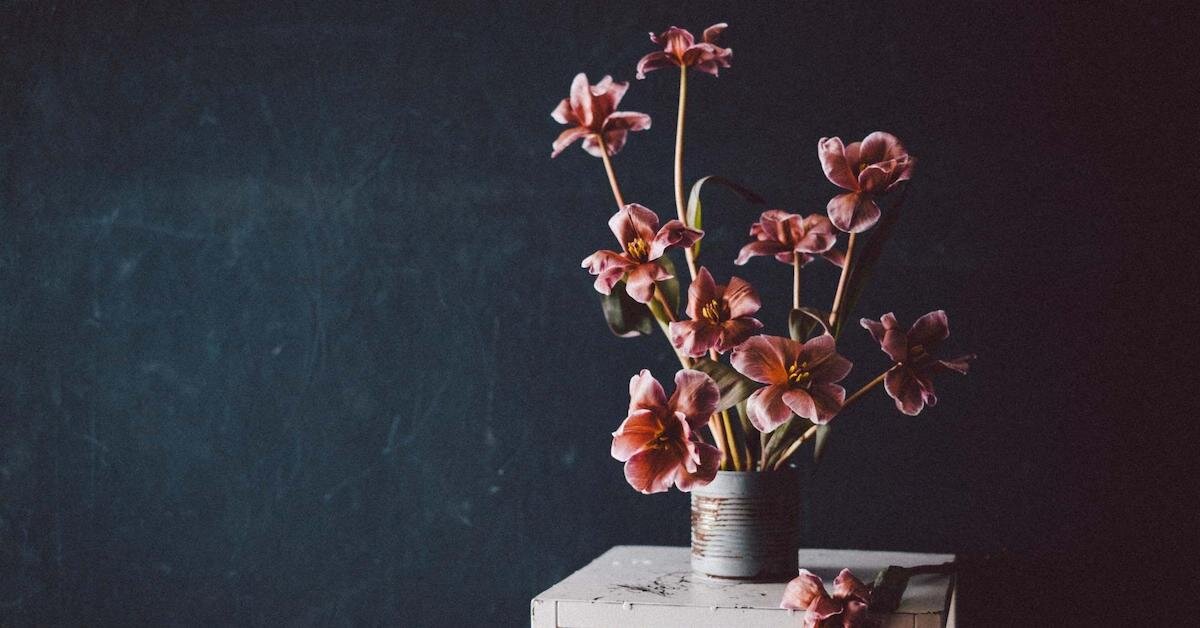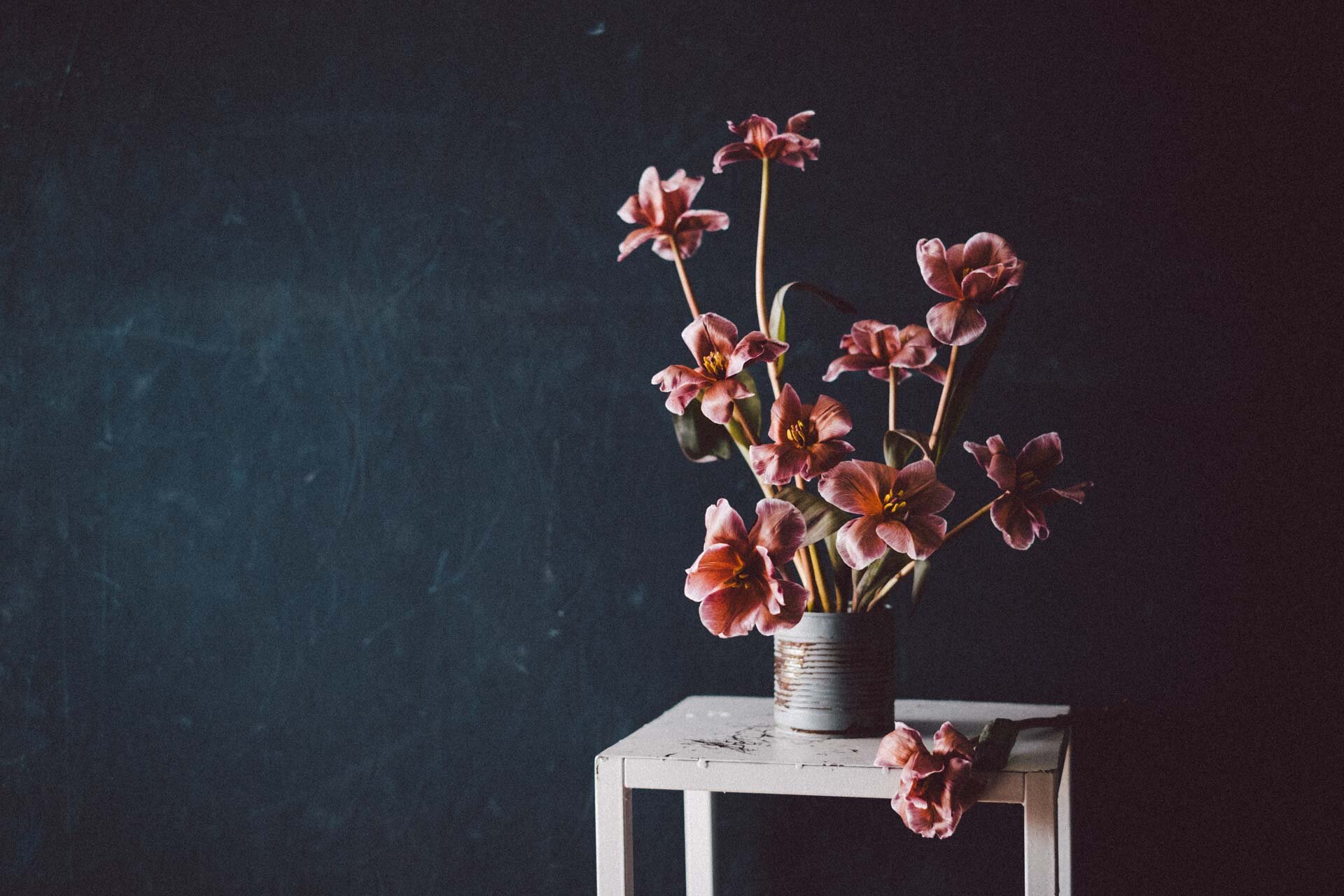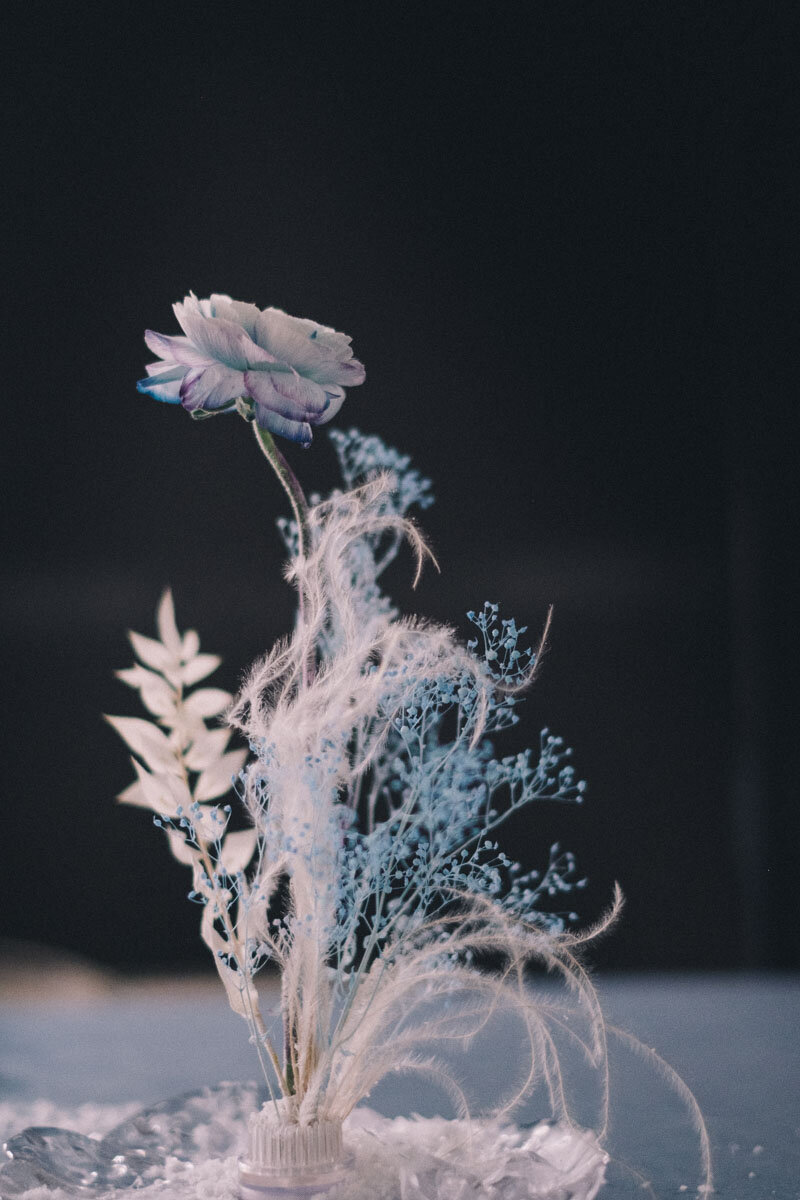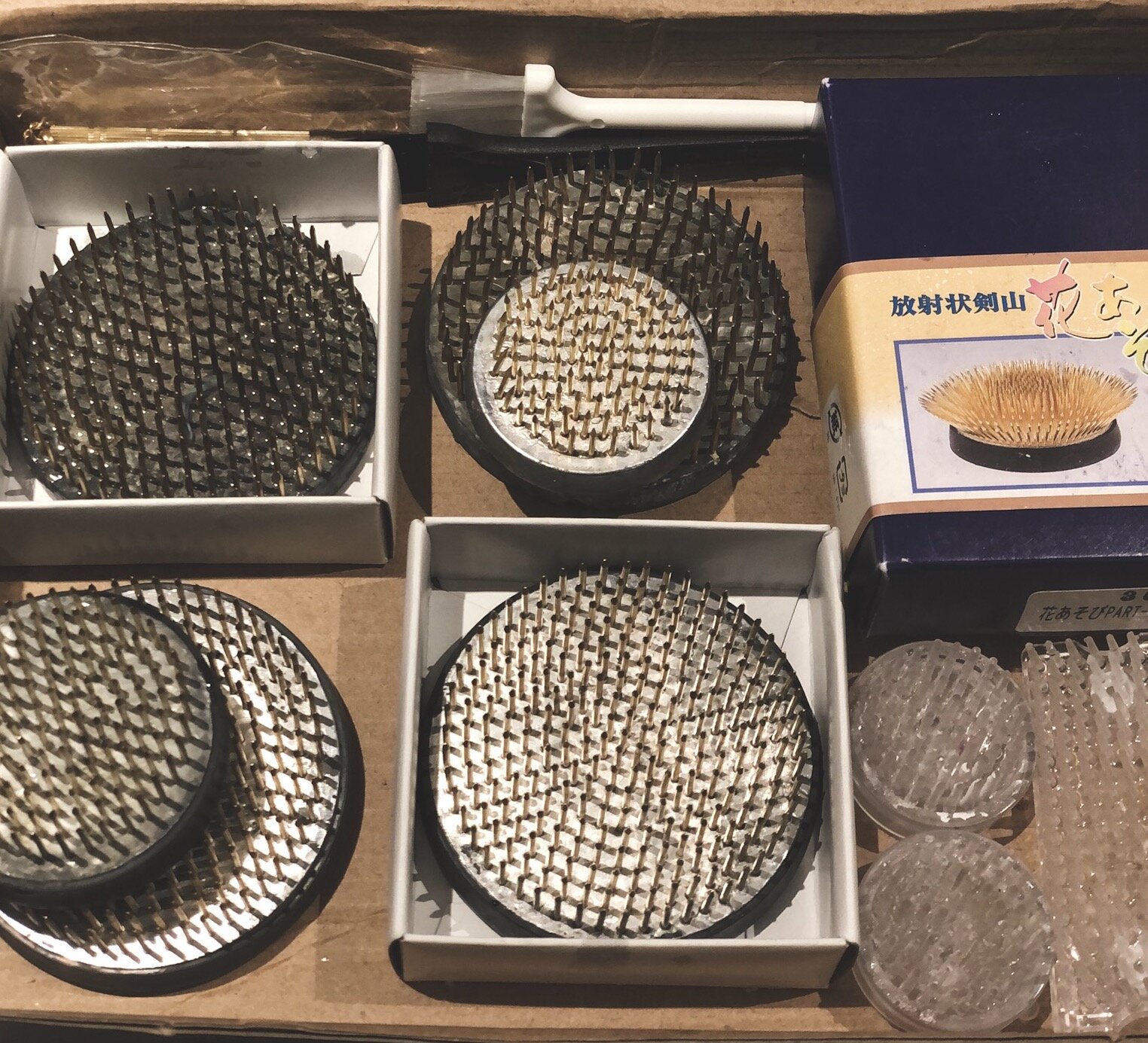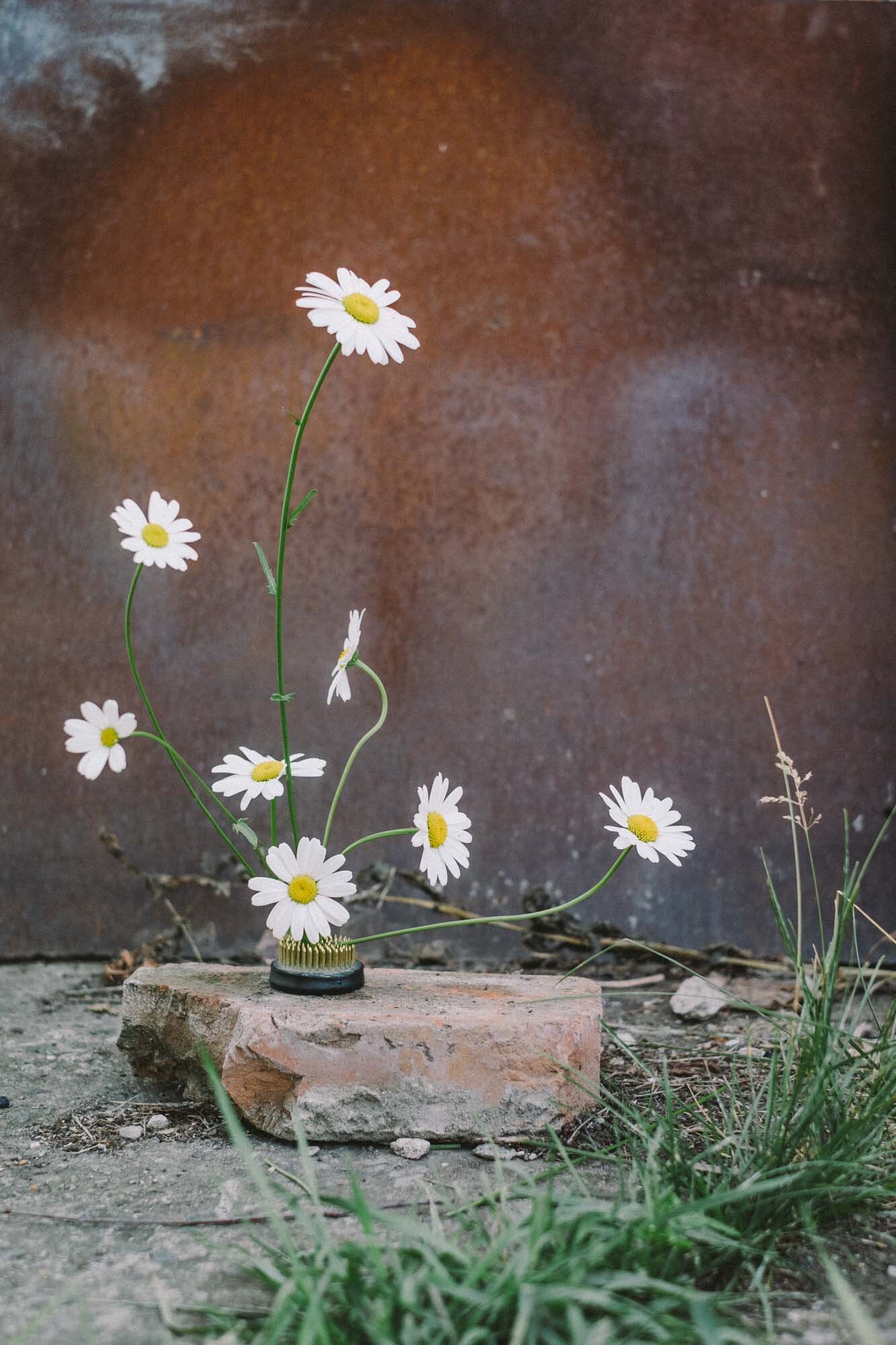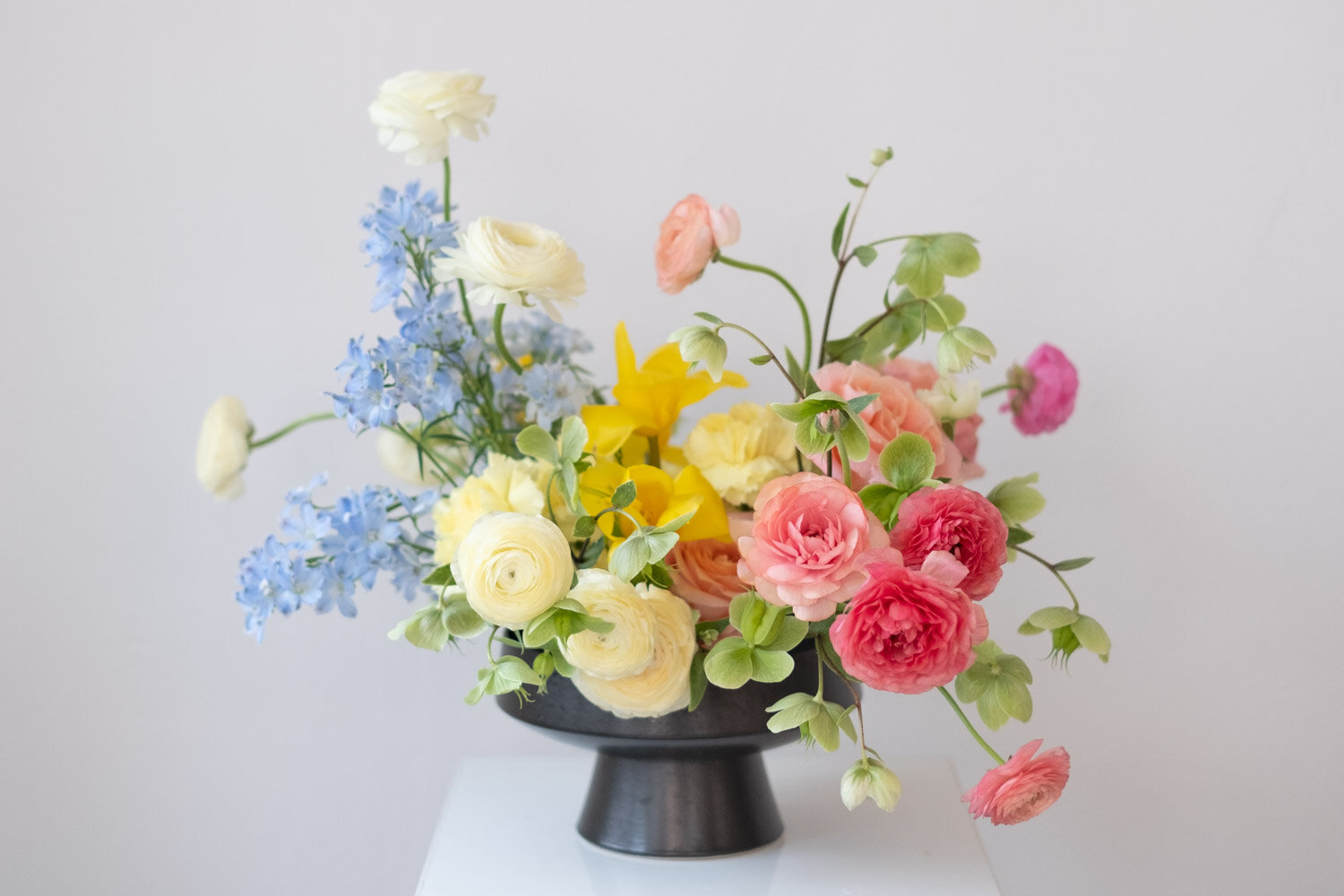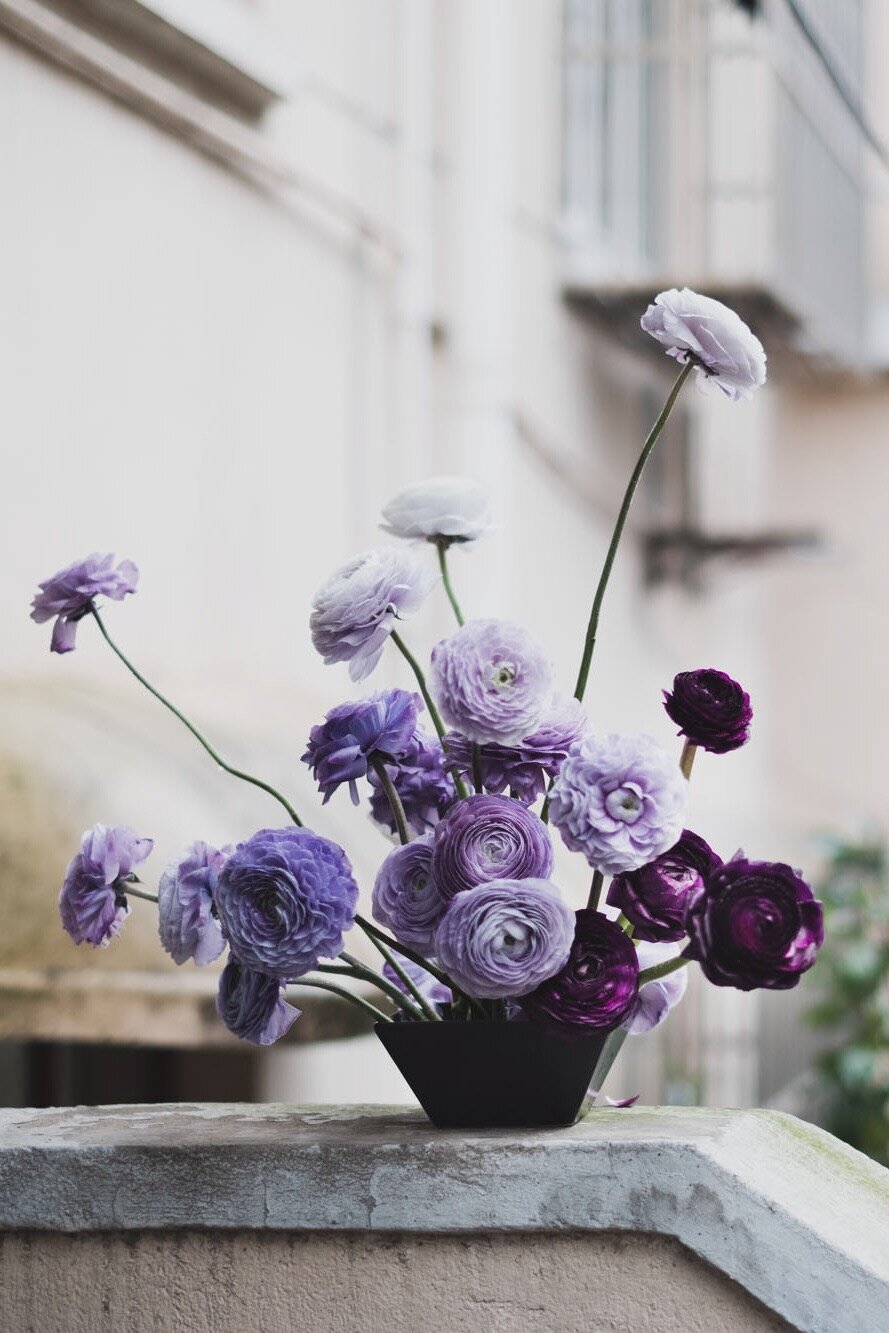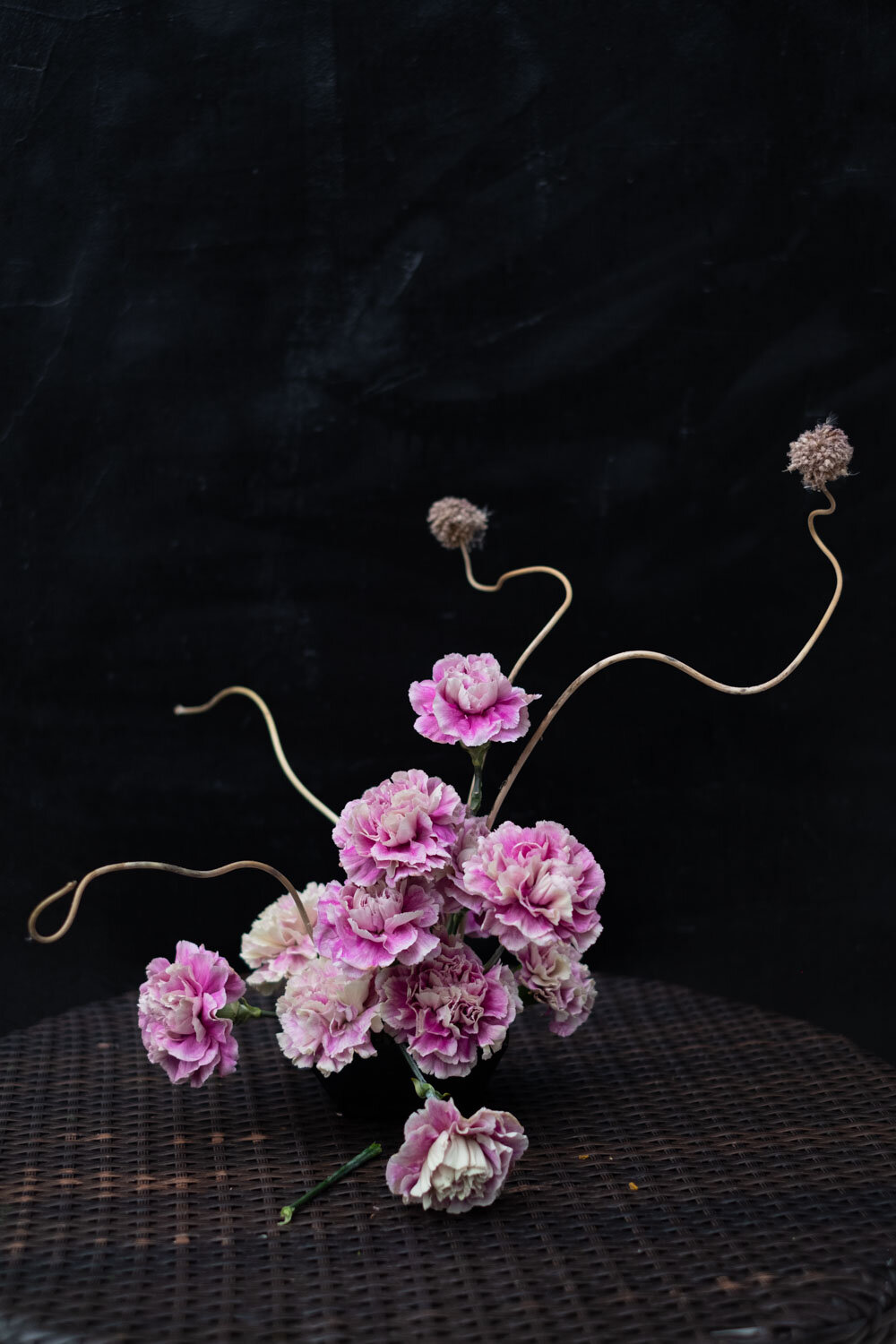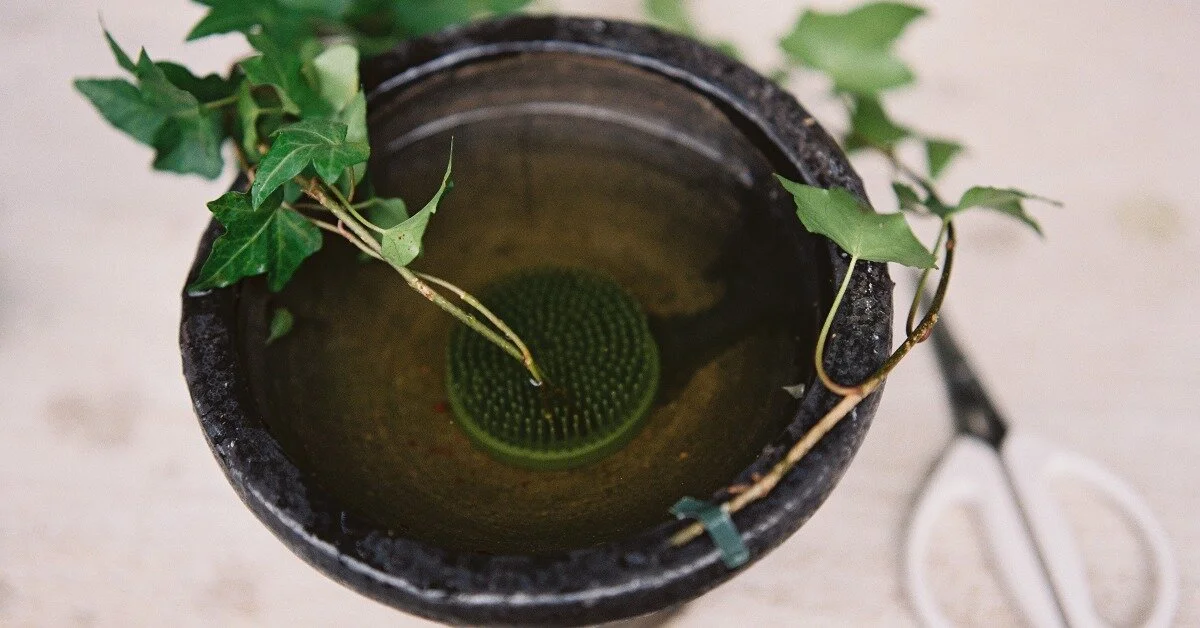Floristic Fusion: Using a Kenzan (Also Known as a Flower Frog)
"The most important thing is to follow the instructions. Yes, you can take other flowers instead of those indicated in the textbook, but otherwise, follow the rules," Ms. Li told me; she is the owner of a local Chinese tea shop in Shanghai. It turned out that besides selling tea, she also gives Ikebana lessons in her shop.
Have you wondered about the benefits and applications of a kenzan (also known as a flower frog), a tool traditionally used in ikebana? If so, keep reading.
Western Floristics, Ikebana, and the Kenzan
By the time I had met Ms. Li, I had been charmed by the simplicity and elegance of the lines in Ikebana for quite some time, and I thought it would be nice to learn the art of Oriental floristry—especially since I've been living in Asia for more than six years already. I used to work in the Western floristics style, making mostly massed arrangements using many flowers, and I liked it! But I felt that it lacked the grace and simplicity of Oriental floral art. While Western floral art emphasizes massed arrangements, Asian floral art focuses on lines, simplicity, and symbolism.
So there I was, drinking green tea and listening to the stories of Ms.Li. While leafing through the thick Japanese art manuals, she explained that there are many Ikebana schools in Japan, but the three largest are considered to be the best: Ikenobo, Ohara, and Sogetsu. Each has its own history and distinctive style. It turned out that you can't just take a few classes and learn how to put three stems in a vase—the training takes years: Each step lasts several months, then you have an exam; then in a few months more, you get another certificate, and so on.
At the end of the conversation, Ms.Li invited me to join her next lesson. I promised to think about it, but I realized that I was not ready for such a "lifetime journey." I did not like the concept of "no fantasies, strictly follow the instructions" at all. Decorating my walls with countless certificates was also not in my plans.
I then started to explore Ikebana by myself. By that time, I already knew that a staple tool in Ikebana was a kenzan. Also called a flower frog, a kenzan is a rather heavy metal plate with needles to which flower stems can be affixed. Every time I take a kenzan/flower frog with me on a trip, I am forced to open my suitcase at the airport for inspection and explain what this metal puck with needles is.
I brought kenzan with me on vacation to Russia, planning to arrange something out of my parents' garden flowers. I found a nice vase in my mother's kitchen cabinet, searched Google, and began to study the rules of Ikebana.
My Quick Self-Led Introduction to Moribana and the Kenzan
I found out that in Moribana (one of the styles in Ikebana), the lines of the stem symbolize three elements: Human (Soe), Heaven (Shin), and Earth (Tai). All branches and flowers are measured in relation to the shallow container. First of all, you need to add together the height and width of the vase. The longest branch, Shin (Heaven), should be no more than three times this sum. Soe (Human) is two-thirds of Shin (Heaven), and Tai (Earth) is two-thirds of Soe (Human). Moreover, the flowers should not be placed in the same plane. The rules rigidly dictate the angle of each flower in degrees. Keep in mind, all these rules vary in different styles of Ikebana.
I decided to give it a shot. I cut some chamomiles in the garden and started to put them on the kenzan/flower frog, trying to follow the angles and proportions roughly. And thus, I created my first Russian traditional Ikebana arrangement on a brick. I loved its simplicity and elegance!
There were many more flowers in the garden, and I decided to make a classic garden-style arrangement in another vase using the kenzan again. This time I didn't follow any of the Ikebana rules. I designed as I used to do using foam before; the only difference was that I used kenzan, and it did a great job holding all the stems.
Learnings from the Kenzan
In the end, I admitted that I prefer observing ikebana works of Asian artists rather than making them myself. I understood that it requires a very serious approach. But no one forbids to use the kenzan (aka flower frog) as a tool, right?
The Limitations of a Kenzan
So, on one hand, the kenzan flower frog limits us:
There is a minimal space to put the stems,
It can be difficult to transport—sometimes the arrangement can fall apart during delivery
And, compared to floral foam, the kenzan is a more expensive tool. A medium-sized flower frog could cost you about $15–20 dollars.
The Benefits of a Kenzan
On the other hand, the limitations push our creativity, so a kenzan also:
Allows us to create minimalistic arrangements that emphasize lines and visual movement.
Teaches us to get rid of the unnecessary things—the number of needles is limited, so you have to think twice about every stem in your arrangement.
Gives us a breezy, uncluttered look. Since there is no need to cover the base (unlike green floral foam), arrangements with a flower frog are airier.
Is an environmentally friendly tool. This is probably the most important point, since a flower frog can be reused again and again.
So, even considering all the limits and strict rules of Oriental floral art, we still can perceive the experience of other cultural traditions and, as a result, create something entirely new—our own Floristic Fusion.

